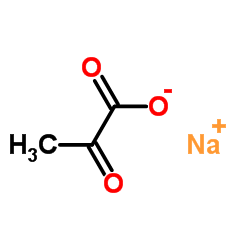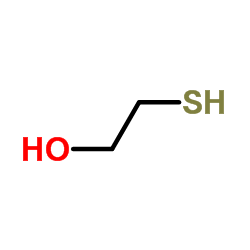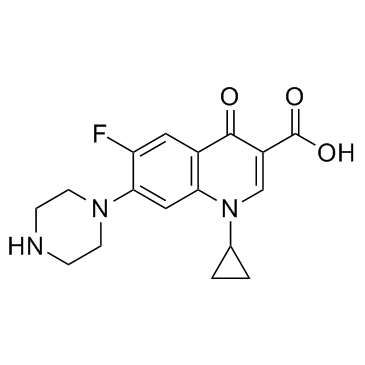| Structure | Name/CAS No. | Articles |
|---|---|---|
 |
Sodium 2-oxopropanoate
CAS:113-24-6 |
|
 |
Sulforhodamine 101
CAS:60311-02-6 |
|
 |
Selenium
CAS:7782-49-2 |
|
 |
mercaptoethanol
CAS:60-24-2 |
|
 |
D-Lysine
CAS:923-27-3 |
|
 |
Decyl dimethyl amine oxide
CAS:2605-79-0 |
|
 |
Ciprofloxacin
CAS:85721-33-1 |